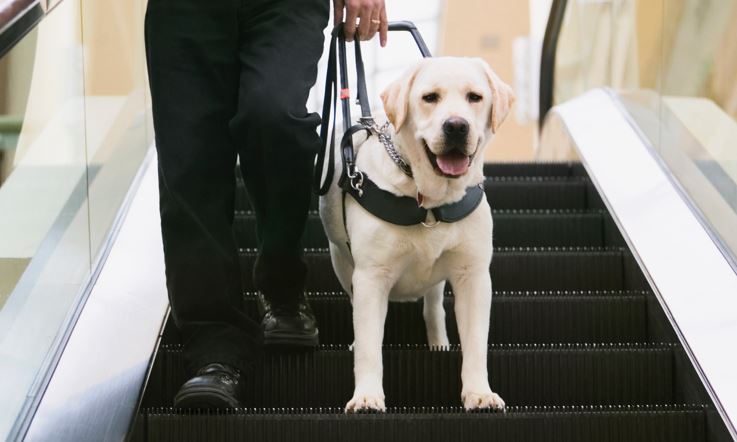
Please read our frequently asked questions.
Training assistance dogs are accepted if accompanied by their trainer or host family. Host families are considered to be those who receive assistance dogs during the animal's socialisation and adaptation phase to human coexistence and are accredited as such.
Bookings for carrying Emotional Support Animals (ESAN) - animals used for therapeutic purposes, without the need for any training beyond the basics - are not accepted by TAP.
1The certification of the animal's training as an assistance dog is made through the issuing of a proper and distinctive card issued by the national or international assistance dog training establishment which issues an identification card to host families and assistance dogs in training. Here, you can find an example of an ID card (PDF, 1 MB, EN) as proof of certification.
2On flights to/from the USA, it is not necessary to present this certificate.
Service dogs must be transported under the following conditions to ensure the safety and welfare of passengers and animals:


Please read our frequently asked questions.
This information only concerns the non-commercial movements of dogs recognised as Assistance Animal (SVAN). If you need information regarding the import and export of animals, you should contact the respective embassies or consulates.
TAP Air Portugal reserves the right to refuse acceptance if the animal presents signs of disease, agression, lack of hygiene, or any other abnormal characteristic likely to impact flight safety.
TAP complies with the following regulations in force:
- EU Regulation No. 1107/2006 of 5 July 2006 on the rights of passengers with reduced mobility.
- Code of Federal Regulations, Chapter 382 of the US Department of Transportation, in force since 13 May 2009, applicable to passengers travelling to/from the US.